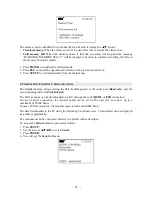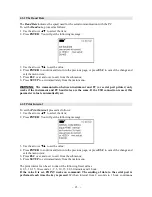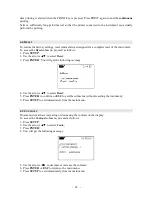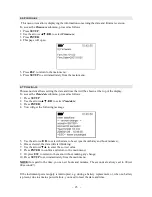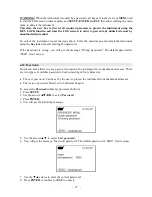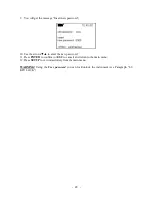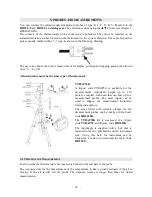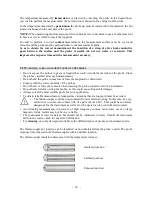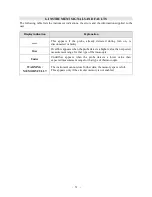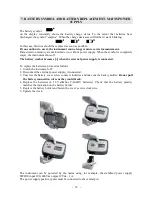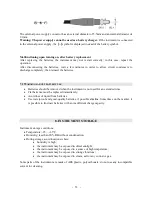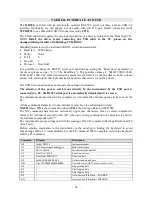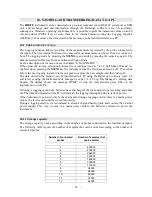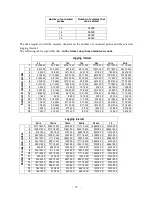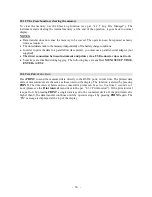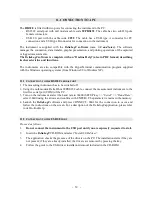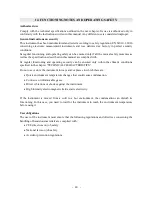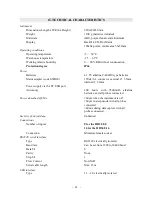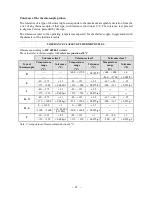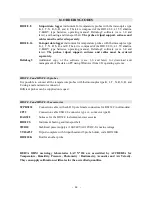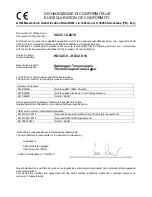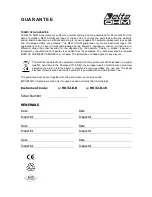
- 36 -
10.
STORING
AND
TRANSFERRING
DATA
TO
A
PC
The
HD32.8
instrument can be connected to a personal computer via an RS232C serial port or USB
port, and exchange data and information through the Deltalog9 software (vers. 3.0 and later)
running in a Windows operating environment. It is possible to print the measured values on an 80
column printer (
key) or store them in the internal memory using the
Logging
function
(MEM key). If necessary, the data stored in the memory can be transferred later to a PC.
10.1
T
HE
L
OGGING
F
UNCTION
The
Logging
function allows recording of the measurements registered by the probe connected to
the inputs. The time interval between two consecutive measurements can be set from 2 seconds to 1
hour. The logging starts by pressing the
MEM
key and ends by pressing the same key again: The
data memorized in this way form a continuous block of data.
See the description of the menu items on chapter “4. MAIN MENU”.
If the
automatic turning off
option between two recordings (see par. “4.2.2 Self Shut-off mode”)
is
enabled, upon pressing the
MEM
key the instrument logs the first data and turns off. 15 seconds
before the next logging instant, it turns on again to capture the new sample, and then turns off.
The data stored in the memory can be transferred to a PC using the DeltaLog9 software (vers. 3.0
and later) or using the instrument File Manager (see par. “4.2.5 Log File Manager”). During data
transfer the display shows the message DUMP; to stop the data transfer press ESC on the
instrument or on the PC.
If during a logging session the batteries have discharged, the instrument stops recording and shuts
off. The data downloaded on the PC will indicate the logging interruption due to lack of power.
If the instrument is powered only by the mains and, during a logging session, there is a mains power
failure, the last record could be stored incorrectly.
During a logging session, we recommend to attach a charged battery pack and connect the external
power supply: This way, in case of a mains power failure, the batteries continue to power the
instrument.
10.1.1 Storage capacity
The storage capacity varies according to the number of probes connected to the instrument inputs.
The following table reports the number of samples that can be stored according to the number of
connected probes:
Number of connected
probes
Number of samples that
can be stored
1 800000
2 400000
3 264000
4 200000
5 160000
6 128000
7 112000
8 96000
9 88000
10 80000
11 72000
12 64000

